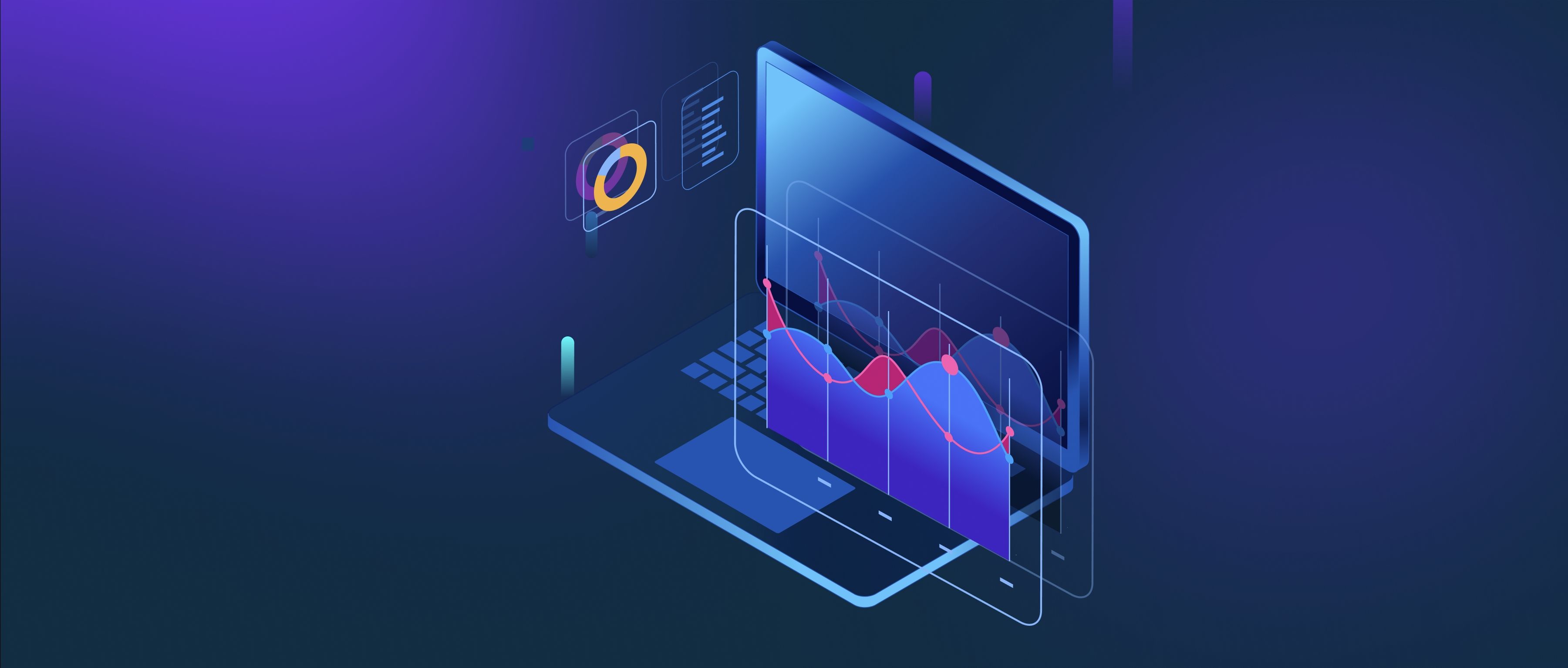AR headsets are wearable devices that overlay digital information onto the real world, allowing users to experience augmented reality in a hands-free manner. These headsets typically consist of lenses or screens that project digital images directly into the user's field of view, combining real-world visuals with interactive digital content. Some common examples of AR headsets include Microsoft HoloLens, Magic Leap, and VIVE Flow. Unlike smartphones or tablets, which rely on touchscreens and cameras, AR headsets are designed for immersive experiences, providing users with a more involved and interactive way to engage with their environment.
The primary difference between AR headsets and AR-enabled smartphones or tablets lies in their form factor and the nature of the user experience. While smartphones and tablets utilize cameras to capture real-world images and then display digital content on their screens, AR headsets allow users to see digital elements seamlessly integrated into their real-world view. For instance, with an AR headset, a user can see a virtual instruction overlay while working on a physical device without needing to hold up a phone or tablet. This hands-free capability makes AR headsets more suitable for applications in fields like manufacturing, healthcare, and training, where users need to maintain focus on their tasks.
Additionally, AR headsets often include advanced sensors and tracking technology that enable them to understand the spatial environment better than smartphones and tablets. This allows for a more accurate placement of digital objects in real space. For example, an AR headset can track the user's head movement and adjust the positioning of virtual objects accordingly, whereas a smartphone's AR experience is often limited by the device's position and the quality of its camera. This level of interaction makes AR headsets a powerful tool for certain professional applications, while smartphones and tablets are more accessible for casual AR experiences. Each device serves distinct purposes depending on user needs and situational requirements.
